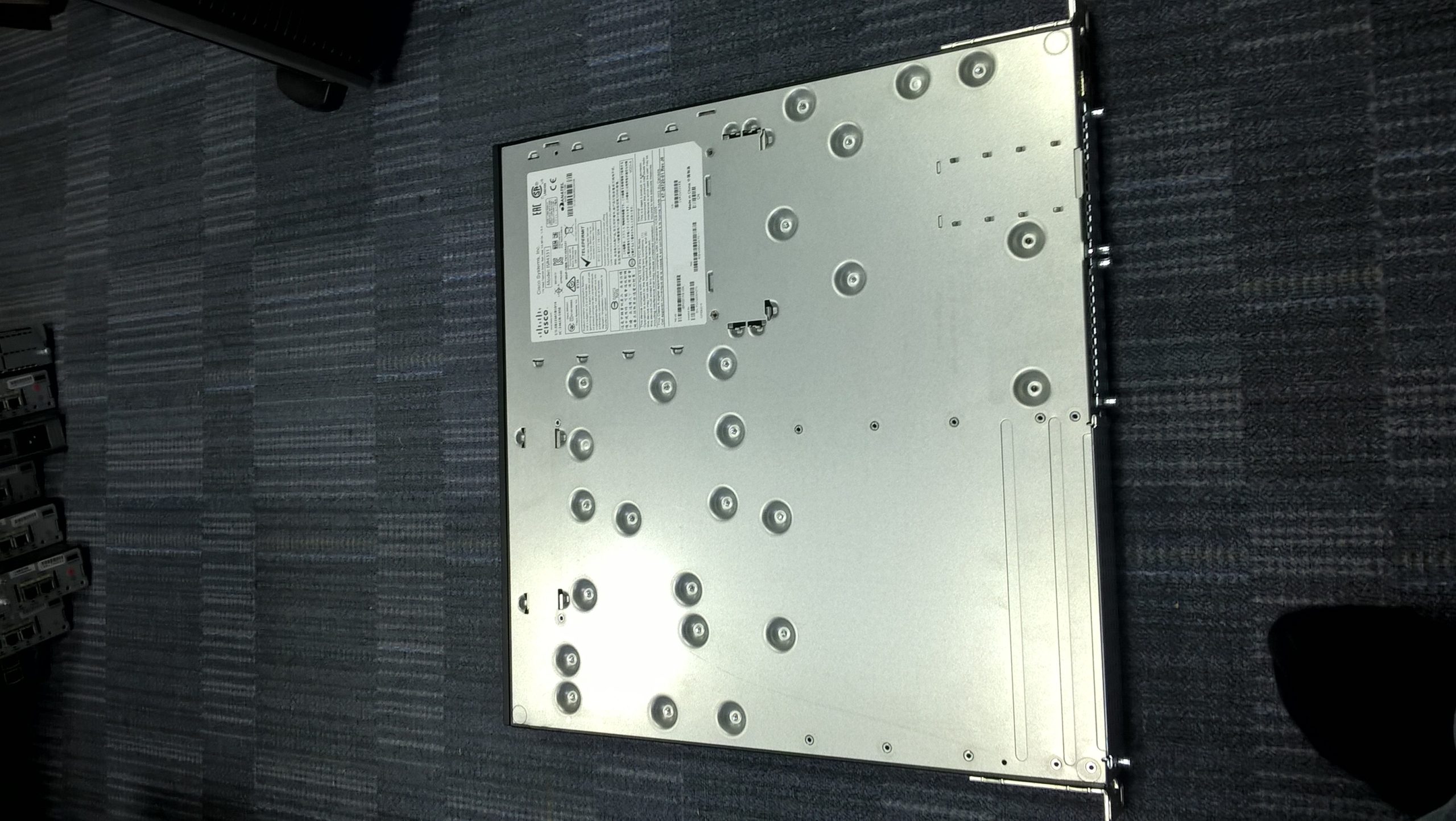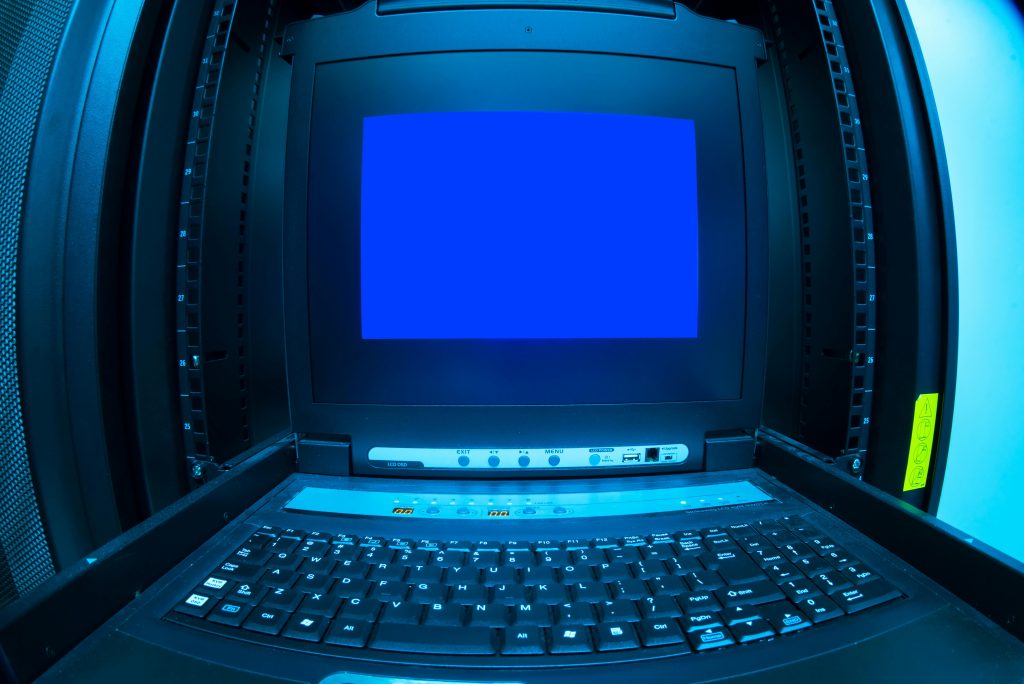Understanding the Risks of Improper GPU Seating
When it comes to building or upgrading a PC, ensuring that your components are correctly installed is crucial for system stability and performance. A prevalent concern among DIY PC builders is the impact of improperly seated hardware, particularly Graphics Processing Units (GPUs).
Recently, a user shared their experience of installing a GPU without realizing it wasn’t fully seated in the PCI slot. This raises an important question: what potential damage can occur when a GPU is not correctly secured in its slot during operation?
The Importance of Proper Seating
A GPU that isn’t adequately connected to the PCI slot may face several risks. Here are some potential concerns related to prolonged use in this state:
-
Intermittent Performance Issues: An improperly seated GPU may lead to erratic performance, including graphical glitches, crashes, or the system failing to recognize the GPU altogether. This can create frustration and hinder productivity during critical tasks.
-
Electrical Shorts: An incomplete connection can result in inconsistent electrical contact. This may lead to fluctuations in power delivery, which can create electrical shorts and potentially damage the GPU or other surrounding components over time.
-
Increased Heat Generation: A loose GPU might not dissipate heat efficiently. Since the cooling solution may not be properly aligned, this can lead to the GPU overheating, which damages the internal components long-term.
-
Wear and Tear on Connectors: Continuously running a GPU in an improperly seated position can cause wear on the PCI connectors. This may lead to socket damage or port malfunction, necessitating costly replacements or repairs.
Solutions and Recommendations
If you suspect that your GPU may have been improperly installed for a period, it’s wise to keep an eye out for any unusual signs. Regular monitoring of performance metrics and temperatures can help preemptively identify issues.
After ensuring your GPU is properly seated, perform a thorough check of your system’s performance and consider running stress tests to confirm stability. Cleaning internal components periodically, like during routine maintenance, can also mitigate risks associated with overheating.
In summary, while there may not be immediate visible damage from the scenario described, the risks of long-term impacts can’t be overlooked. Always ensure that critical components are securely connected to maintain your system’s longevity and performance.
By following best practices during installation, you can significantly reduce the risk of encountering these issues, enabling a smoother and more enjoyable computing experience. If you have reached a point of concern regarding potential damage, consulting with a
Share this content:



